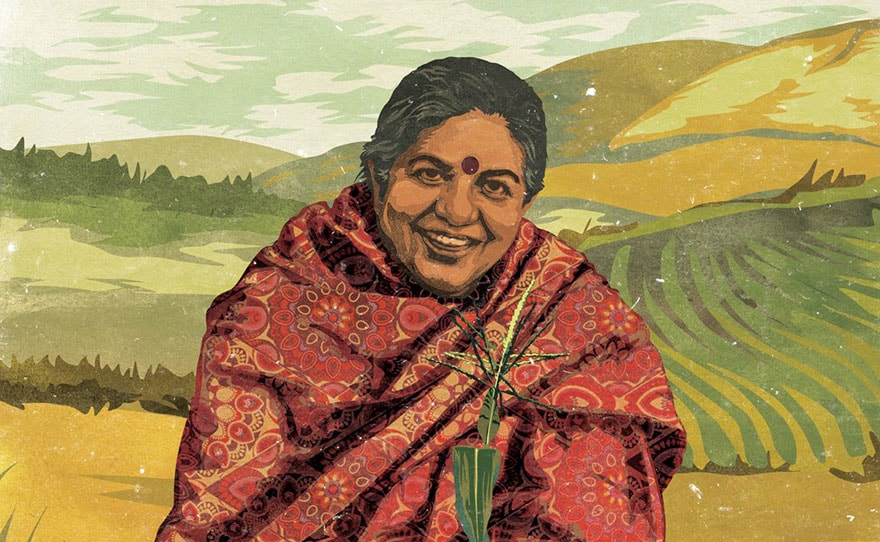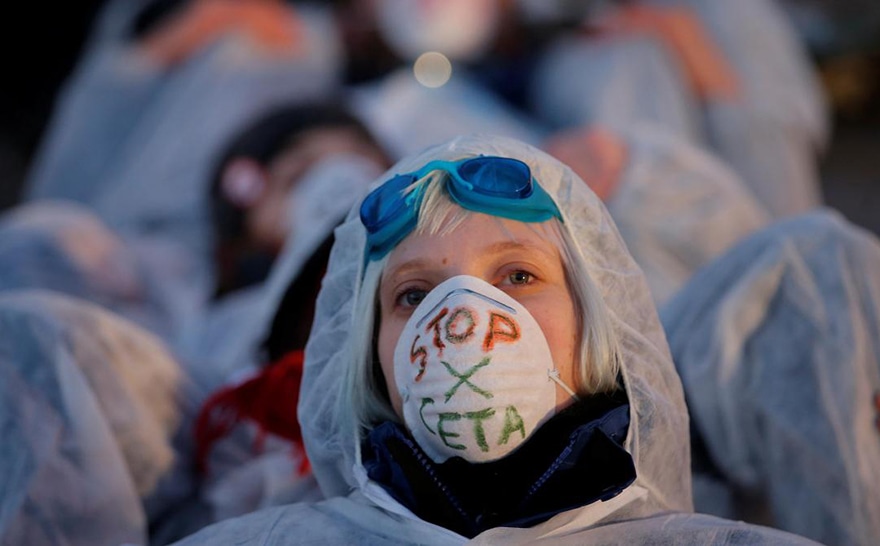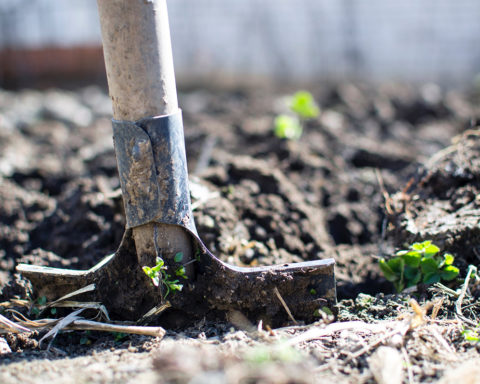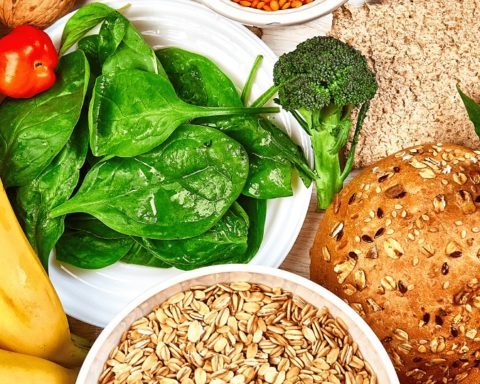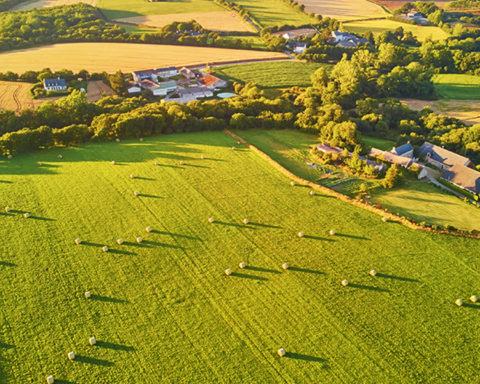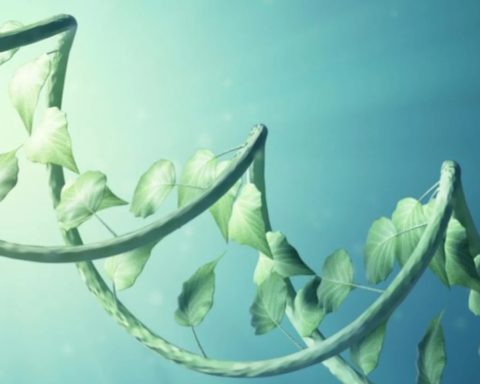« Le sol, et non le pétrole, détient l’avenir de l’humanité »
Nous avons reçu ces semences de la nature et de nos ancêtres. Il est de notre devoir envers les générations futures de les remettre dans la richesse de la diversité et de l’intégrité dans laquelle nous les avons reçues. Par conséquent, nous n’obéirons à aucune loi, ni n’adopterons aucune technologie qui interfère avec nos devoirs supérieurs envers la Terre et les générations futures. Nous continuerons de conserver et de partager nos semences. »

Quelque chose à ajouter ? Dites-le en commentaire.

